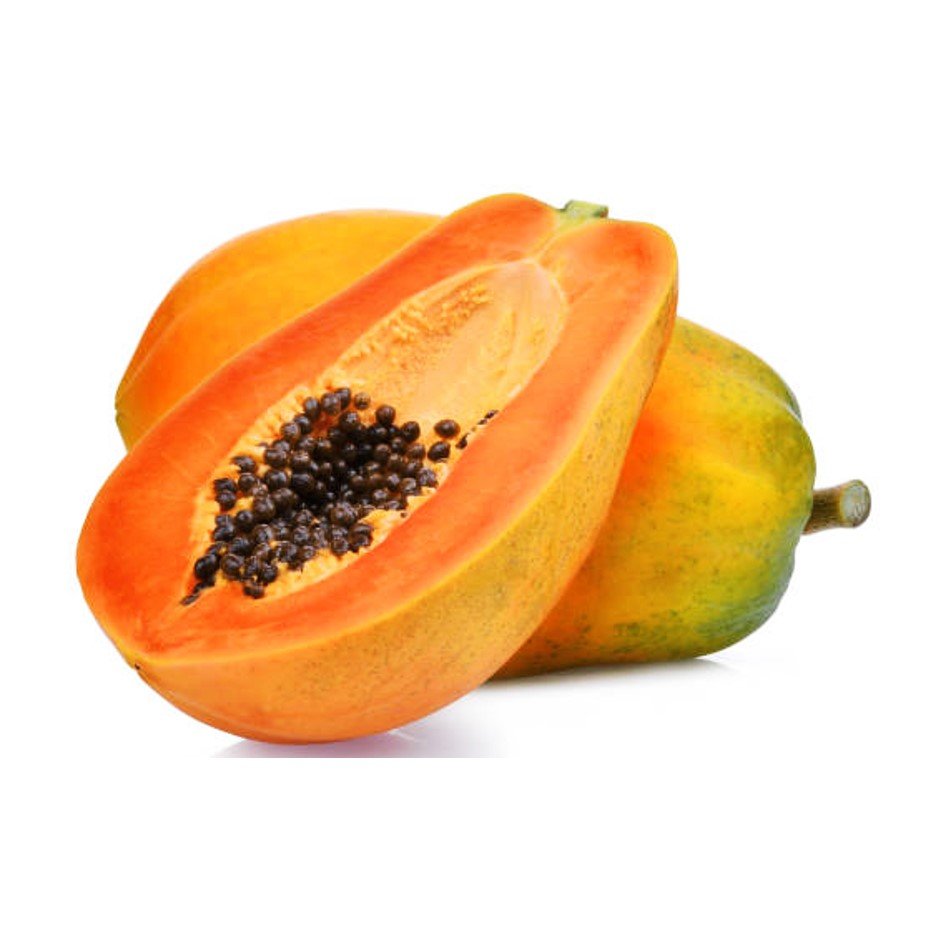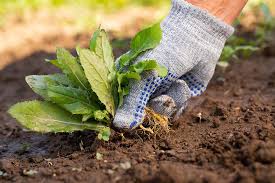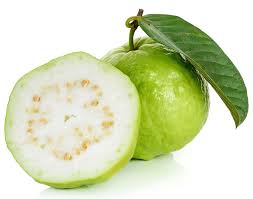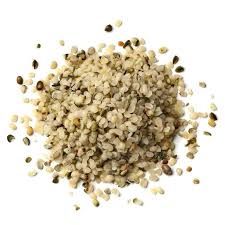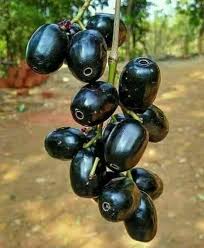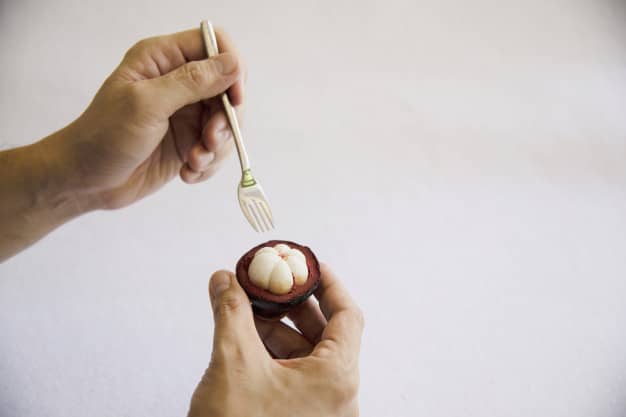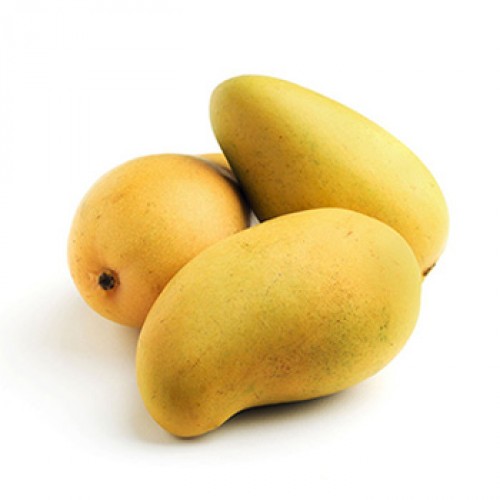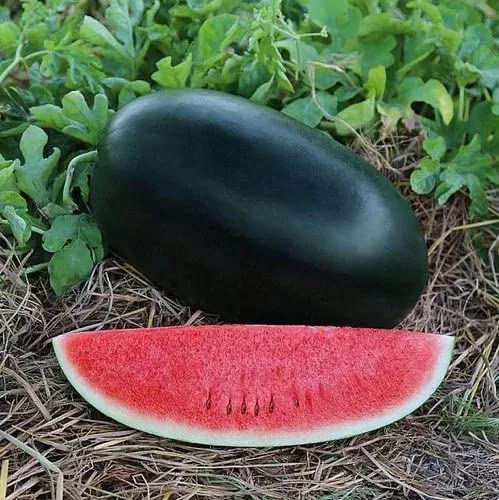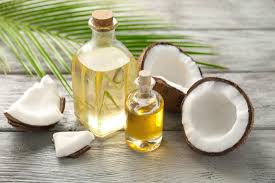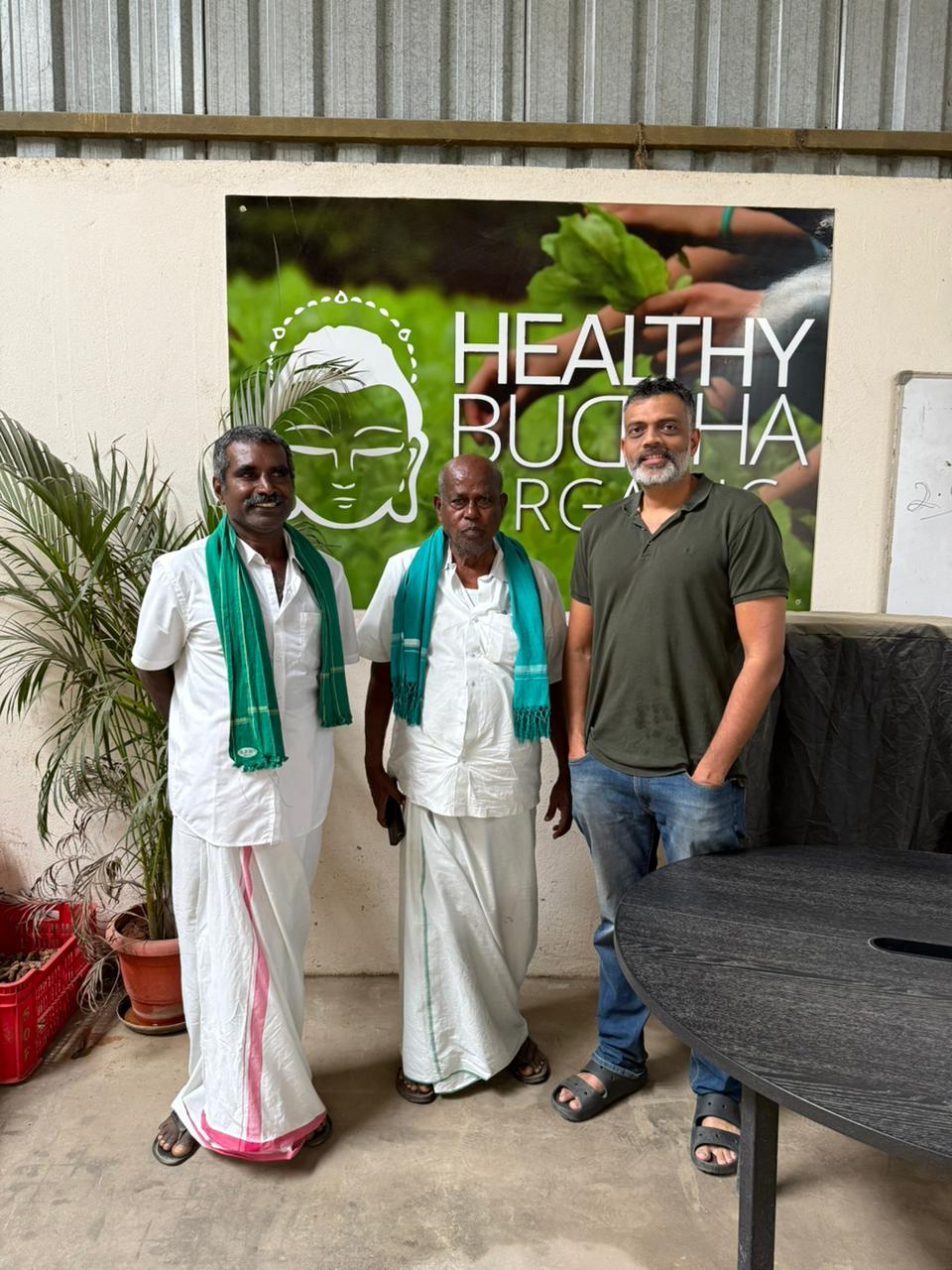
Handling Skin Fungus on Organic Papayas in Monsoon
Noticed a bit of white or greyish mould on your papaya as it ripens? It’s a common occurrence, especially with organic papayas, and while it might look a bit off, it’s usually nothing to worry about.
Here’s why this happens and how you can keep your papaya fresh and clean during the ripening process.
Why Does Fungus Appear on Ripening Papayas?
There are a few natural reasons this happens, particularly with organically grown fruits:
1. High Moisture and Delicate Skin
Papayas are full of water and have a soft, thin skin. As the fruit ripens, the skin becomes more fragile, which creates the perfect environment for surface mould to develop—especially in warm, humid conditions like those in Bangalore and Goa.
2. No Chemical Treatments
Organic papayas are completely free from wax coatings or synthetic fungicides. These treatments are often used in conventional farming to extend shelf life and suppress fungus, but we choose not to use them so you can enjoy fruit that’s as natural and chemical-free as possible.
3. Storage Environment
During ripening, papayas release moisture and ethylene gas. In enclosed or poorly ventilated spaces, this can lead to a build-up of humidity around the fruit, increasing the chances of surface mould forming.
Is the Fruit Still Good to Eat?
Yes. In most cases, the fungus is only on the outer skin and doesn’t affect the fruit inside. You can simply cut away the affected area of the skin. As long as the fruit smells sweet and the flesh looks fresh, it’s perfectly good to eat.
How to Keep Papayas Fresh While Ripening
Here are a few simple steps that help reduce the chance of fungus developing on the skin:
Keep it in an open, well-ventilated area
Place the papaya in a fruit basket or on a countertop where there’s plenty of airflow. This helps moisture evaporate naturally and keeps the skin dry.
Handle the fruit gently
Rough handling can cause tiny cracks or bruises on the skin, which makes it easier for mould to form. A gentle touch helps the fruit ripen smoothly.
Wash only when ready to eat
It’s best to wash the papaya just before consumption. Keeping the surface dry while it ripens helps reduce excess moisture.
Check on it daily
Once the skin starts turning yellow-orange, check the papaya each day. Most organic papayas are at their best within one or two days of ripening.
Wipe the skin if needed
If you see early signs of surface mould, gently wipe the skin with a clean, dry cloth. This helps slow down the spread.
Choosing Organic Comes with Natural Trade-Offs
A little surface mould now and then is part of the natural process when eating truly organic fruits. Since no chemicals or artificial preservatives are used, the produce may need a bit more care. In return, you get clean, wholesome food that’s grown the way nature intended.


